The year 2025 promises to be a pivotal one for Munich’s Pinakothek der Moderne, which offers a calendar of exhibitions capable of recounting the multiplicity of the contemporary through languages, materials and reflections that relate art, photography, graphics, architecture and society. The museum, one of Europe’s most important cultural hubs, thus confirms itself as a space in constant transformation, attentive as much to big names as to research into the visual languages of the present. Outlining the exhibition season are five main projects, ranging from research photography to drawing, from constitutional memory to the contamination of design and art, and the creation of a new meeting space open to the community.
Among the most anticipated exhibitions, IN VISTA - Encounters with the Photographic, scheduled to begin July 3, 2025, is a tribute to photography understood as an autonomous form of artistic expression and a document of critical vision of reality. Featuring some 250 works by more than 60 artists, the exhibition brings together two core nuclei of the museum’s holdings: the collections of the Ann and Jürgen Wilde Foundation, which for decades has held some of the most important examples of 20th-century German and European photography, and the Pinakothek’s Photography and Time-Based Media collection, dedicated instead to contemporary experimentation. The result is an articulate and dynamic journey that addresses four major themes: the body and its representations, identity as an individual and collective construction, landscape as a cultural and political site, and society observed in its mechanisms and tensions. The aim is to document the variety of photographic language, but also to question the role that images play today in the construction of meaning and the transmission of reality.
If photography becomes an instrument of social exploration, drawing is the protagonist of the exhibition Gerhard Richter - 81 drawings - 1 strip image - 1 edition, scheduled from May 2 to June 8, 2025, within the Staatliche Graphische Sammlung München, housed in the spaces of the Pinakothek. The exhibition brings together a selection of 81 drawings made by Richter in recent years, accompanied by a single strip image (“Strip-Bild”) and a special edition. These are works that reveal the quieter and more intimate side of the great German master, known for his ability to cross genres and techniques with extreme freedom, from abstract painting to manipulated photography. On this occasion, Richter confronts the graphic sign in an almost diaristic dimension, where drawing becomes a terrain of visual and mental exploration. It is an essential, almost minimal exhibition that leaves room for listening and concentration, offering an unusual look at the work of an artist who has made multiplicity a hallmark of his poetics.
Dialogue between languages and disciplines is also the focus of 4 Museums - 1 Modern, the major interdisciplinary exhibition that will celebrate the centenary of the Neue Sammlung - The Design Museum, one of the founding institutions of the Pinakothek der Moderne, from April 4 to September 28, 2025. Indeed, the project involves all sections of the museum - art, design, architecture and graphics - to bring to life a complex and multifaceted narrative of the years between 1910 and 1930. A key period for European culture, marked by the birth of new aesthetics, the emergence of institutions dedicated to the dissemination of modern art, and profound social transformation. The exhibition is organized around four key concepts: New Aesthetics, New Institutions, New Society, and New Materials and Techniques. Through works, objects and documents from the four collections, visitors will be invited to explore how art helped shape an idea of the future, promoting an active dialogue between function and form, vision and politics, memory and design.
Also in spring 2025, from March 15 to April 21, the Pinakothek der Moderne will also host the exhibition Mindful Mining, created by the Department of Metal and Jewelry of the College of Design at Kookmin University in Seoul. The title recalls the gesture of the miner who, with patience and insight, extracts precious materials from often overlooked places.Similarly, the young designers led by Professor Dongchun Lee explore the everyday and natural environment in search of signs, shapes and materials to transform into symbolic objects. Each creation thus becomes part of an unprecedented world, built through a practice that does not give up the craft base, but renews it in a contemporary key, combining memory and innovation. Hailing from different regions of Korea, the students present works that transcend the conventional boundaries of jewelry, making visible cultural layers, global influences and personal histories. The result is a poetic and reflective ensemble, capable of interrogating the material with intelligence and sensitivity.
The link between art and society is also the focus of another major exhibition planned for summer 2025. Can You Still?- Art and Democracy, hosted not in the usual museum spaces but in the rooms of Herrenchiemsee Castle, is part of the celebrations of the 75th anniversary of the 1948 Constitutional Convention, which in those very rooms shaped the new post-World War II German democracy. The exhibition, which will be presented to the press on May 9, 2025, brings together the works of more than 50 artists, both from the classical modernist and contemporary scene, in a close confrontation with the founding concepts of democratic living. What is the role of art today in a society shot through with inequalities, conflicts and ideological tensions? Is it still possible to defend, represent or reinvent the values of democracy through visual languages? The exhibition seeks to answer these questions without rhetoric, offering instead a space for reflection, including critical reflection, on the relationship between expressive freedom and civic responsibility.
An ecological and interdisciplinary perspective is at the heart of ALBERI, TIME, ARCHITECTURE!, an exhibition hosted by the TUM Museum of Architecture in the Pinakothek der Moderne from March 13 to Sept. 14, 2025. The exhibition addresses, for the first time in a systematic and multidimensional way, the relationship between tree growth and architectural design. Divided into three sections-Tree, Time and Man, Tree and Architecture, and Tree as Architecture-the exhibition reflects on the role of trees in human history, urban transformation, and combating the climate crisis. With a massive installation of 22 five-meter-high faggots positioned at the entrance of the Pinakothek, the project raises questions about the natural rhythm of growth and the possibility of imagining architecture that grows, regenerates, and cooperates with biological cycles. The idea of building botany, developed between the Universities of Stuttgart and Munich, is represented here in concrete forms, proposing a new vision of living and building that integrates technology, landscape, and ecological responsibility.
Also on the 2025 calendar is WARWICK FREEMAN - Hook Hand Heart Star (Hook Hand Heart Star), on view from March 15 to June 15 at the Neue Sammlung - The Design Museum. Warwick Freeman, born in 1953 in Nelson, Aotearoa/New Zealand, is considered one of the most influential artists in contemporary jewelry. Over more than fifty years, he has developed a formal and symbolic language that originates from the geography and cultural layers of his homeland, interweaving signs such as the hook, the star and the heart made from the volcanic slag of Rangitoto Island. His creations tell, with poetic intensity, the complex identity of Aotearoa/New Zealand, between Maori memory, colonial heritage and European culture. Even as a Pākehā - a term by which Māori define New Zealanders of European descent - Freeman has been able to lucidly interrogate the knots of his own belonging, transforming everyday or marginal materials into emblematic narratives. The title of the exhibition echoes the 1987 work Fern Fish Feather Rose , now housed at Sarjeant Gallery, a turning point in his reflection on the narrative power of signs. For the first time in Germany, the public will be able to explore the work of an artist who redefined the concept of jewelry as a device of identity and a tool for visual storytelling.
Rounding out the 2025 exhibition program is the FLUX project, defined by the museum as a third venue for the Pinakothek der Moderne, that is, a space designed to foster encounters, experimentation and active public participation. The project, which will run for five years starting in 2025, has been entrusted to British artist Morag Myerscough, known for her colorful and immersive installations that transform public space into places of conviviality and dialogue. With FLUX, the Pinakothek proposes a transformation of the museum experience, opening up to the city and its communities through accessible languages, interactive devices and an inclusive approach. It will be a fluid and constantly evolving space, where art mixes with everyday life, and where the museum becomes a laboratory of the future.
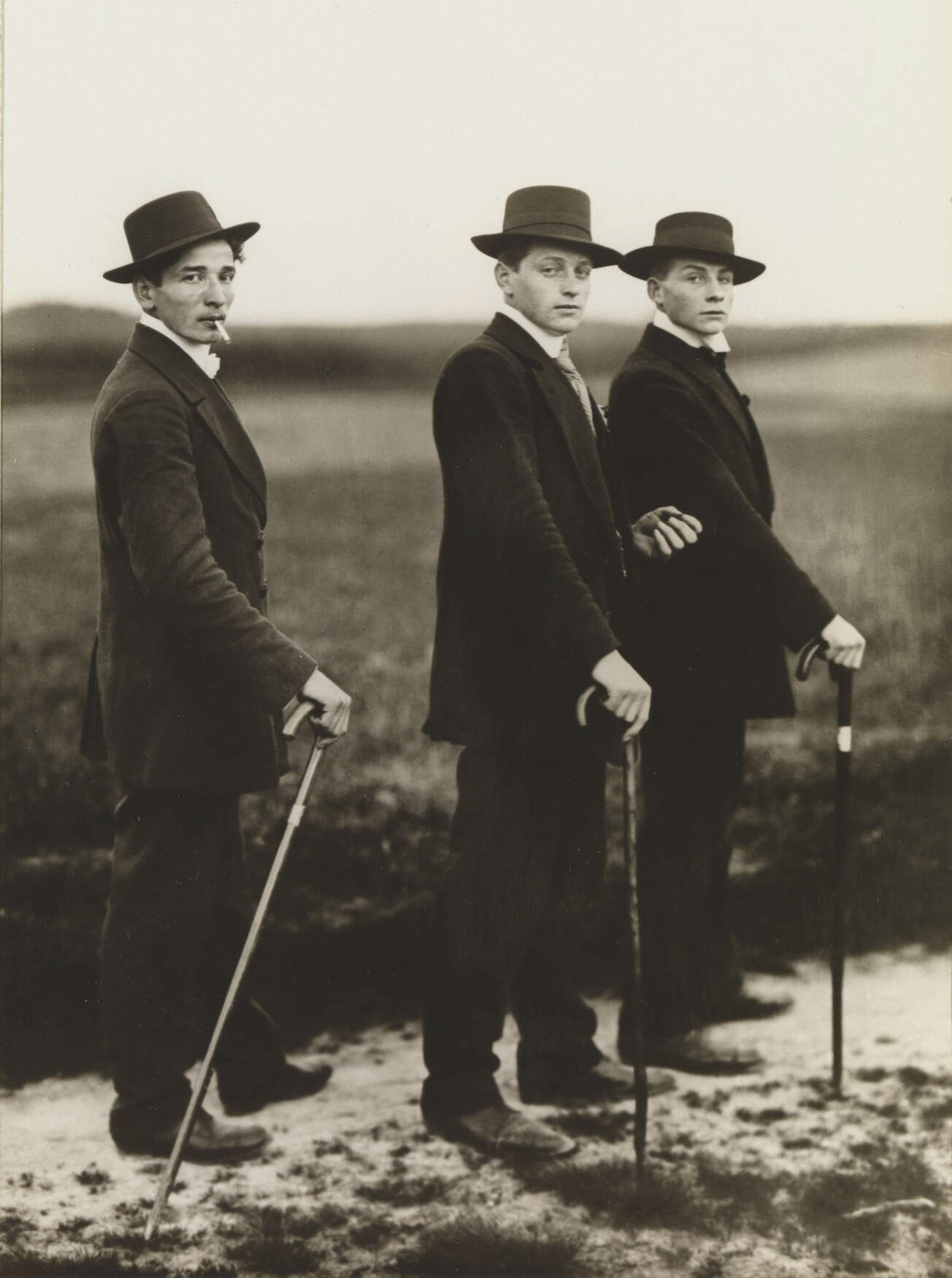
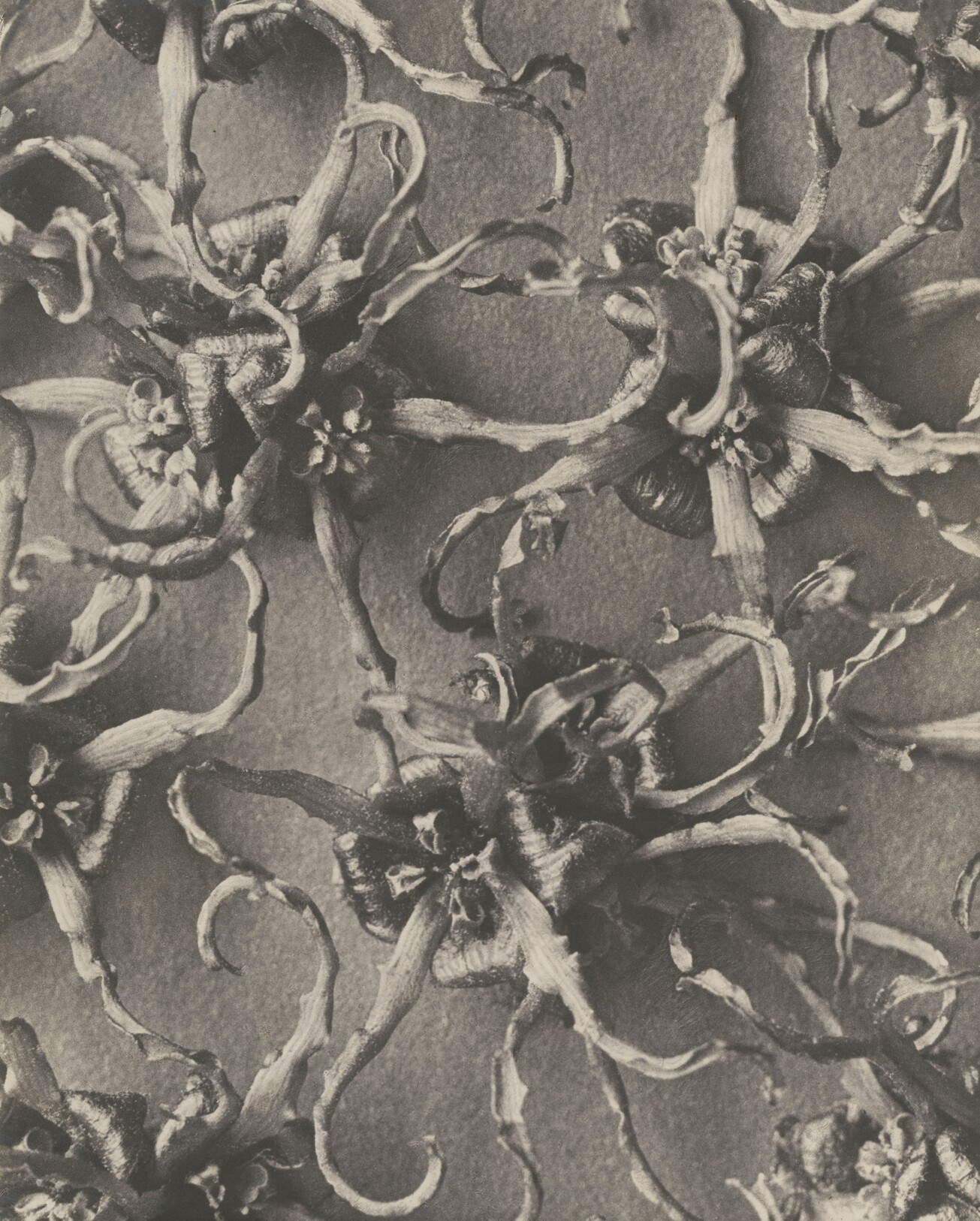
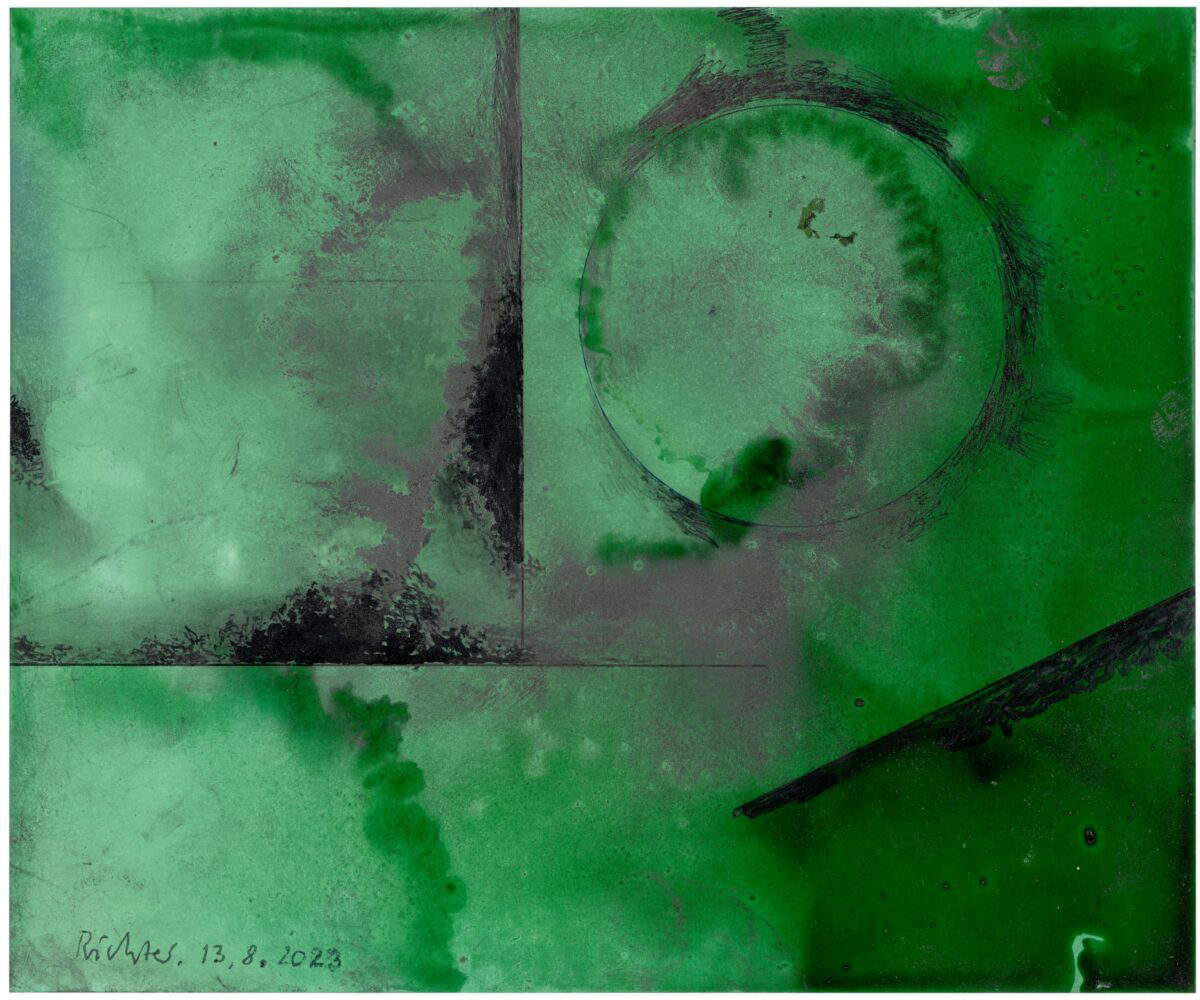
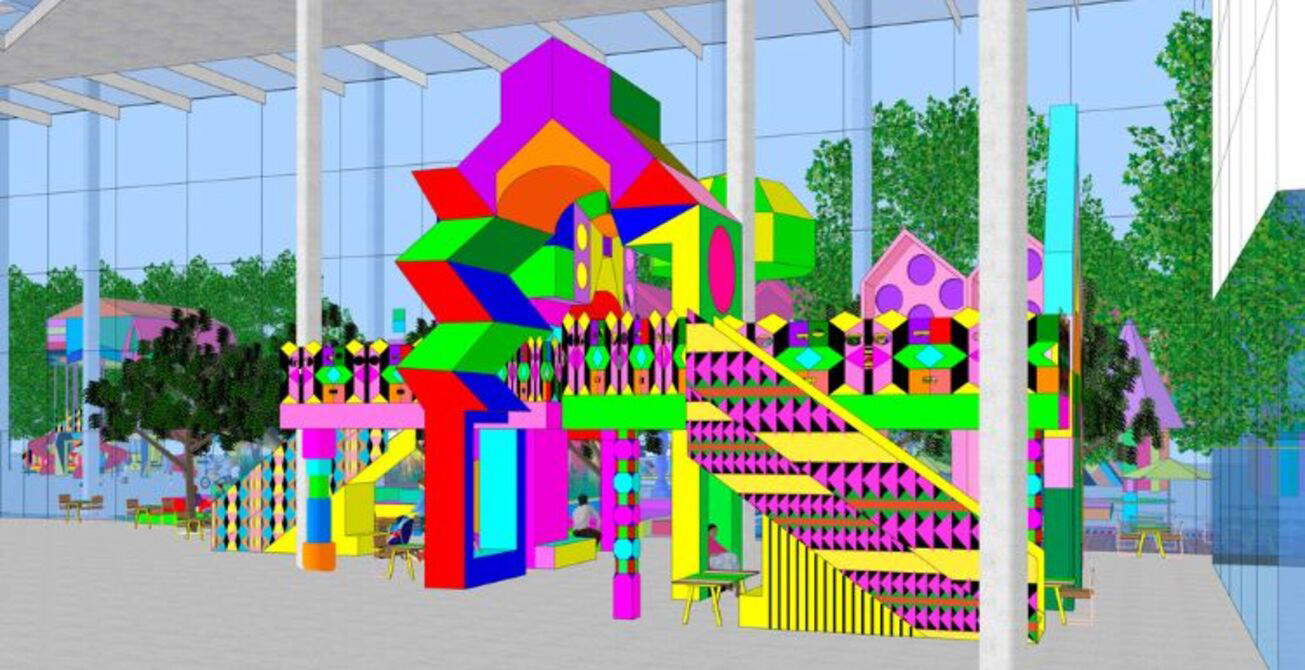
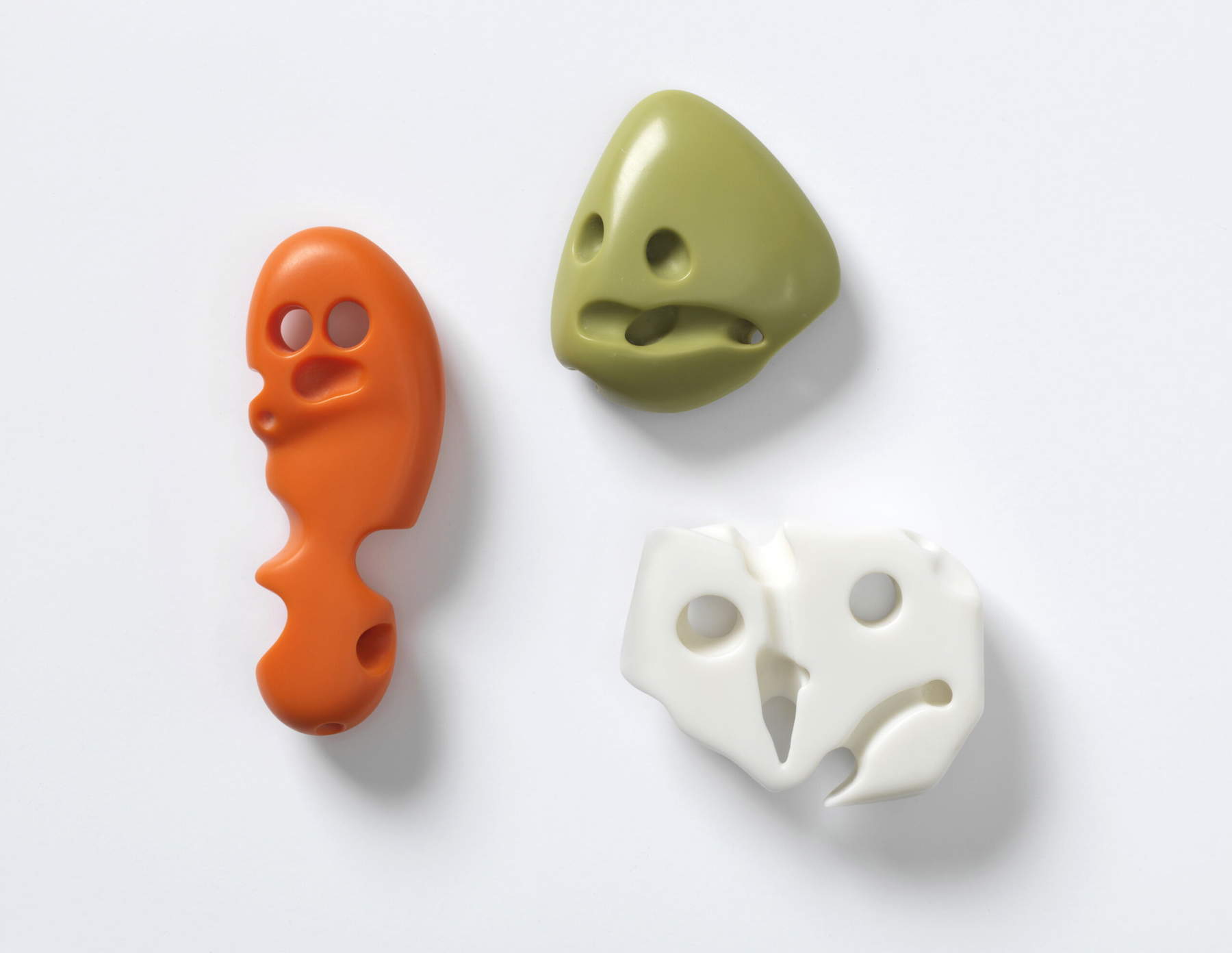
 |
| From photography to Richter: exhibitions 2025 at the Pinakothek der Moderne in Munich |
Warning: the translation into English of the original Italian article was created using automatic tools. We undertake to review all articles, but we do not guarantee the total absence of inaccuracies in the translation due to the program. You can find the original by clicking on the ITA button. If you find any mistake,please contact us.